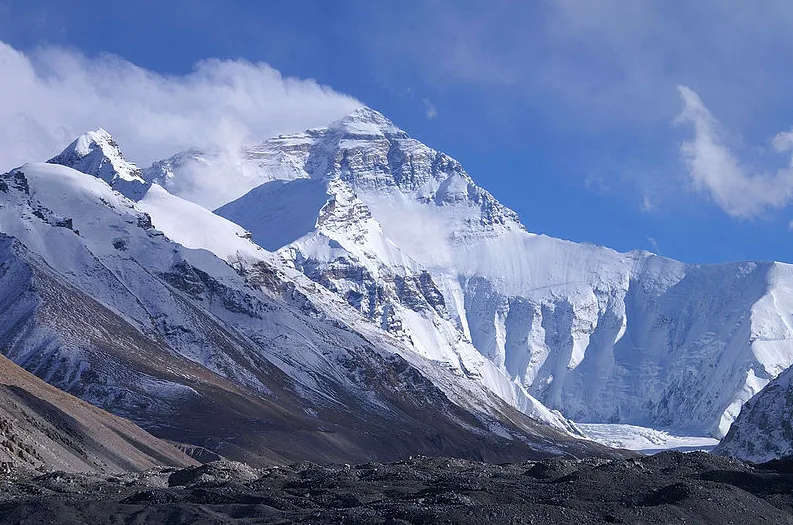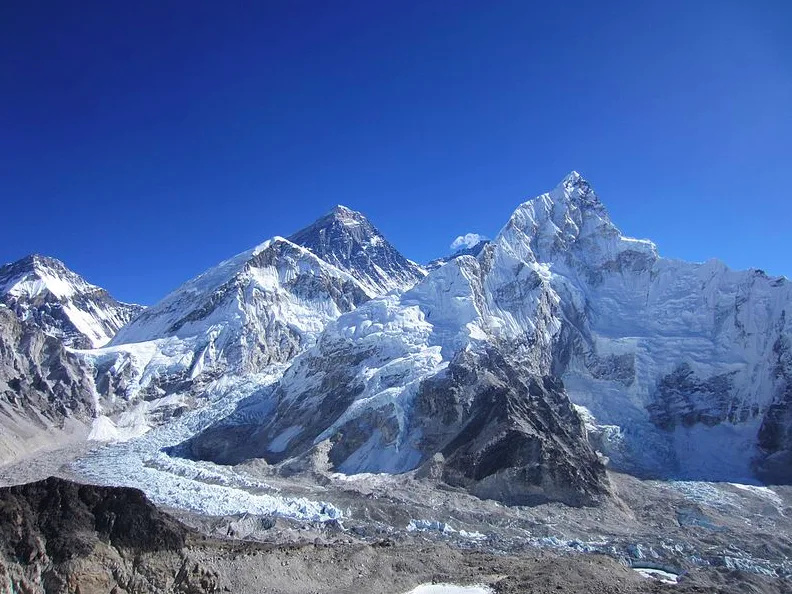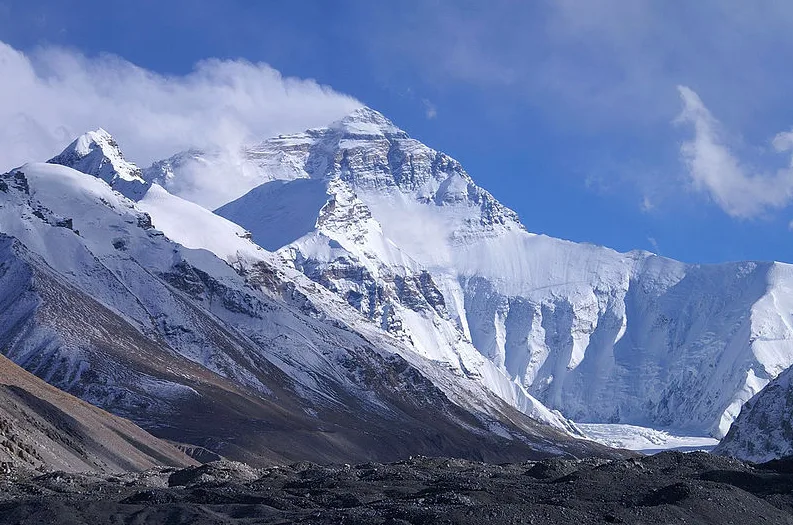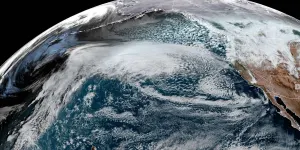
Light-absorbing 'tarballs' detected in the Himalayan atmosphere
The Himalaya-Tibetan Plateau has been dubbed the “third pole” by glaciologists because it is home to the largest amount of snow and ice outside of the Arctic and Antarctic. Densely populated and industrialized areas surround the Himalaya-Tibetan Plateau, such as India and China, where billions of people rely on the rivers that have formed as tens of thousands of glaciers slowly melt.
Over time the growing pollution from these countries has had noticeable impacts, and a study published in Environmental Science & Technology Letters says that light-absorbing ‘tarballs’ have been detected in the Himalayan atmosphere, which will further exacerbate glacial melt.
China and India respectively have the highest populations in the world and are home to nearly three billion people that generate energy from a variety of sources, some of which produce significantly more pollutants than others. IQAir AirVisual's 2019 World Air Quality Report revealed that 21 of the world's top 30 cities with the worst air pollution are in India due to high-polluting energy sources, such as wood, dung, coal, and kerosene. Small, light-absorbing particles are released when these types of biomass are burned, which can be transported thousands of kilometres by the wind and end up in the Himalayan atmosphere.

A view of Mount Everest. Credit: Wikimedia Commons
The researchers analyzed air samples collected at a remote, high-altitude research station at the toe of Mount Everest. They found that 28 per cent of the particles in the air samples were tarballs, which are small, viscous spheres made of brown carbon, oxygen, nitrogen, sulphur, and potassium. Modelling calculations revealed that the tarballs would eventually be deposited onto glacial surfaces and could create a “significant” warming effect.
Tarballs have a much darker colour than snow and ice, which allows it to absorb heat from the Sun. Their effect is similar to black carbon, which is another light-absorbing particle emitted from burning biomass and has been extensively documented. However, the researchers say that the effect of tarballs has not been previously considered in studies that analyze glacier melt in the Himalaya-Tibetan Plateau, which could mean that future melt could be more rapid than currently thought.
The study refers to the role of the Himalaya-Tibetan Plateau as being the “Asian water tower” because it provides thousands of communities with drinking water and transportation, and is some to aquatic species that are used as food resources. The glaciers are an integral component for many mountainous communities, but scientists warn warming temperatures might trigger catastrophic floods that could impact 220 million people in the Himalayan region and adjacent mountain ranges.

A view from the Everest Base Camp. Credit: Rupert Taylor-Price via Wikimedia Commons
Lakes have formed from melting glaciers and are dammed by unstable moraines, which are soil and rock debris that was left behind by moving glaciers. Increased glacier melt in the Himalayas could trigger the collapse of the moraines and cause glacier lake outburst floods that could travel over 100 km downstream.
In the past three decades, glacier lake outburst floods have occurred at an average of 1.3 times per year. A study published in Proceedings of the National Academy of Sciences of the United States of America conducted 5.4 billion simulations to project future glacier melt in the Himalayas and found that the moraines of over 5,000 lakes will become increasingly unstable as temperatures rise.










